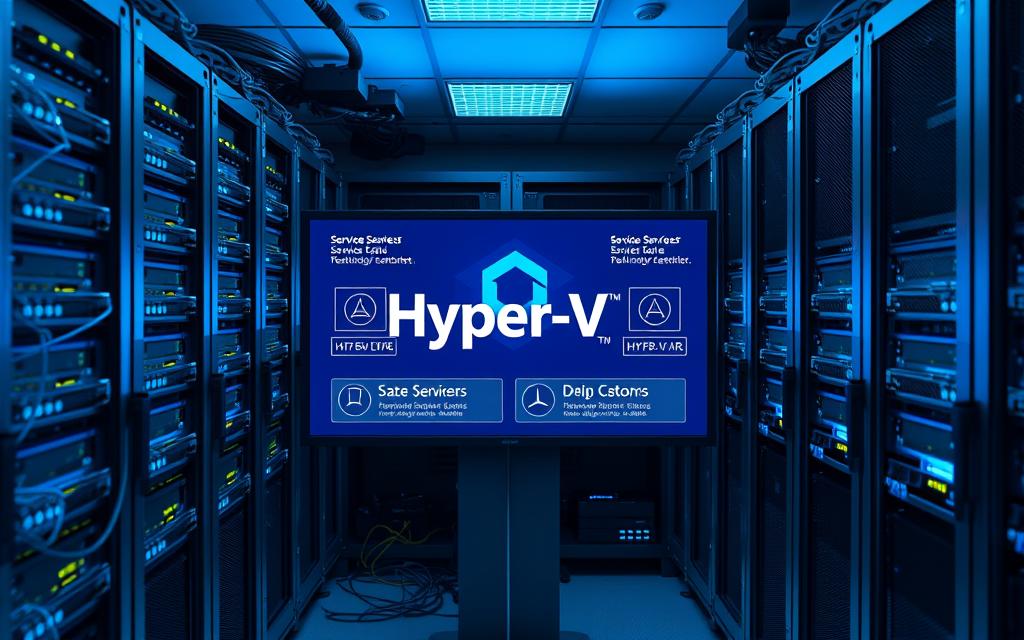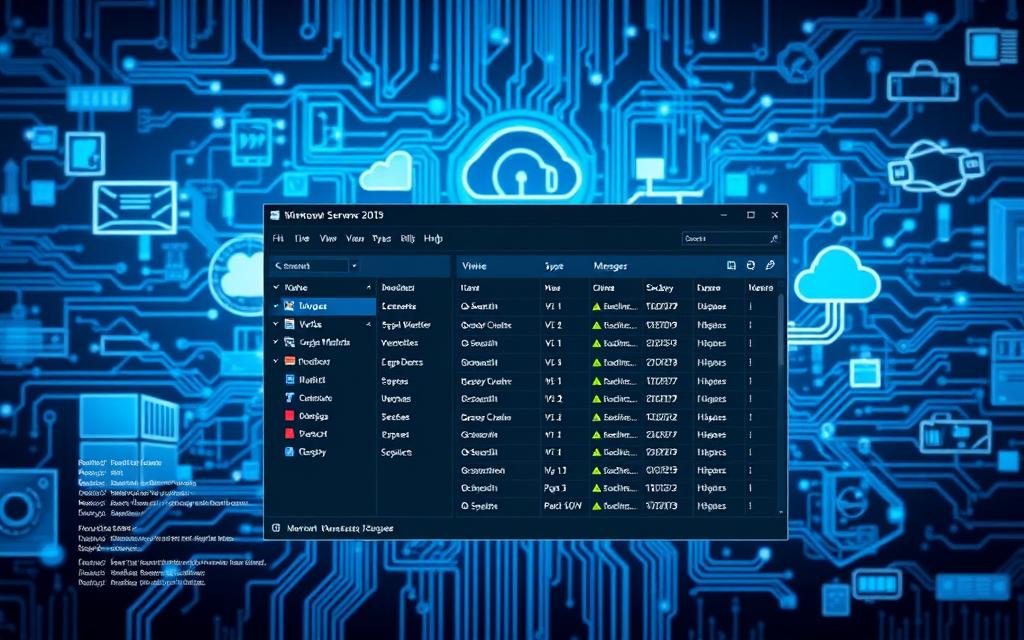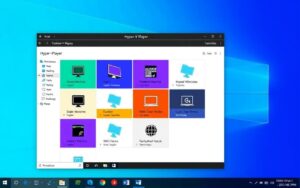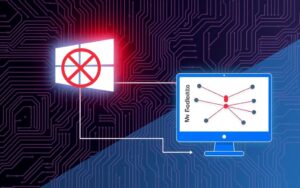Table of Contents
Managing virtual machines is crucial in today’s IT world. Running into problems with Hyper-V components on Windows Server 2019 can slow down work. Often, users find Hyper-V services turned off, key features absent, or the system not set up properly.
This guide helps troubleshoot common problems with Hyper-V services. We will show you how to check services and solve issues related to drivers and firmware. By following our advice, users can resolve these issues efficiently.
Identifying Common Issues with Hyper-V Components
Identifying and fixing issues with Hyper-V components is key to keep Windows Server performing well. Admins need to watch service statuses, check features are turned on, and make sure drivers are up to date. Ignoring these can cause components to not work right or slow down.
Verifying Hyper-V Services
It’s important to check that Hyper-V services are up and running. Services like Hyper-V Virtual Machine Management and Hyper-V Host Compute Service are crucial. One can open the Services app by typing ‘services.msc’ in the Run box. If these services aren’t running properly, Hyper-V management will struggle, leading to poor performance.
Checking Required Hyper-V Features
Ensuring the system has the necessary Hyper-V features turned on is critical. Users should go to Control Panel > Programs > Turn Windows features on or off to check. It’s important that the correct Windows features are enabled for Hyper-V to work well. If this isn’t done right, components might not work, causing bigger problems. For more information, see this resource.
Updating Drivers and Firmware
Updating system drivers and firmware is essential for Hyper-V to function correctly. Outdated drivers can cause conflicts. It’s a good idea to check for updates often, either through Device Manager or manufacturers’ websites. This makes sure drivers are up to date. Regularly updating firmware helps with Hyper-V compatibility and system stability. Doing these updates can prevent many problems.
Fixing Hyper-V Components Not Running on Windows Server 2019
If Hyper-V components are not working on Windows Server 2019, you can try some simple steps. Restarting Hyper-V services might fix it. You can also use Event Viewer to find out what’s wrong.
Restarting Hyper-V Services
Restarting Hyper-V services can solve temporary problems. Go to the Services management console for this. Find the service, right-click, and choose ‘Restart’. This easy step can fix issues with service disruptions.
Using Event Viewer for Detailed Diagnostics
Event Viewer is great for finding the cause of Hyper-V errors. Go to Applications and Service Logs > Microsoft > Windows > Hyper-V-VMMS > Admin to see error messages. Checking the Hyper-V error logs helps figure out how to solve the problem.

Using both restarting Hyper-V services and Event Viewer can help fix the issue of non-running components. For more help, useful tips are here.
Conclusion
Effectively managing Hyper-V on Windows Server 2019 is crucial. It ensures a stable virtualisation environment. Throughout this guide, we’ve outlined steps to resolve Hyper-V issues, making sure everything works well.
Regular checks and updates are key for your virtual machines’ best performance. Users can confidently tackle Hyper-V management with this knowledge. Tools like Windows Admin Center and PowerShell simplify virtualisation and reduce problems. Also, automating backups with Windows Server Backup boosts data security.
Care in activating Hyper-V roles and setting disk storage is vital in virtualisation. For more tips on Hyper-V, look at resources like using Hyper-V Manager on non-domain computers. With correct methods, Windows Server virtualisation management becomes empowering.
FAQ
What should I do if my Hyper-V components are not running?
First, open the Services app by typing ‘services.msc’. Check if Hyper-V services like Hyper-V Virtual Machine Management are on. If they aren’t, restart them or verify their settings.
How can I check if all required Hyper-V features are enabled?
Go to Control Panel > Programs > Turn Windows features on or off. Ensure all Hyper-V options are ticked. Enable any that aren’t to get things working right.
Why is it important to keep drivers and firmware updated?
Old drivers and firmware can mess up Hyper-V. Regularly update them through Device Manager or the manufacturer’s site. This keeps your system smooth and reliable.
Can restarting Hyper-V services help fix issues?
Yes, restarting Hyper-V services can fix some problems. In the Services app, right-click on the services and hit ‘Restart’. This might clear up the issue.
How do I use the Event Viewer for diagnosing Hyper-V issues?
Open Event Viewer and head to Applications and Service Logs > Microsoft > Windows > Hyper-V-VMMS > Admin. Look for Hyper-V error messages. They’ll tell you what’s wrong.
What are some common signs that my Hyper-V is not functioning correctly?
Signs of trouble include virtual machines not starting up. Or, getting errors when managing VMs. Also, if Hyper-V Manager isn’t showing things properly. These suggest services or features might be off.









